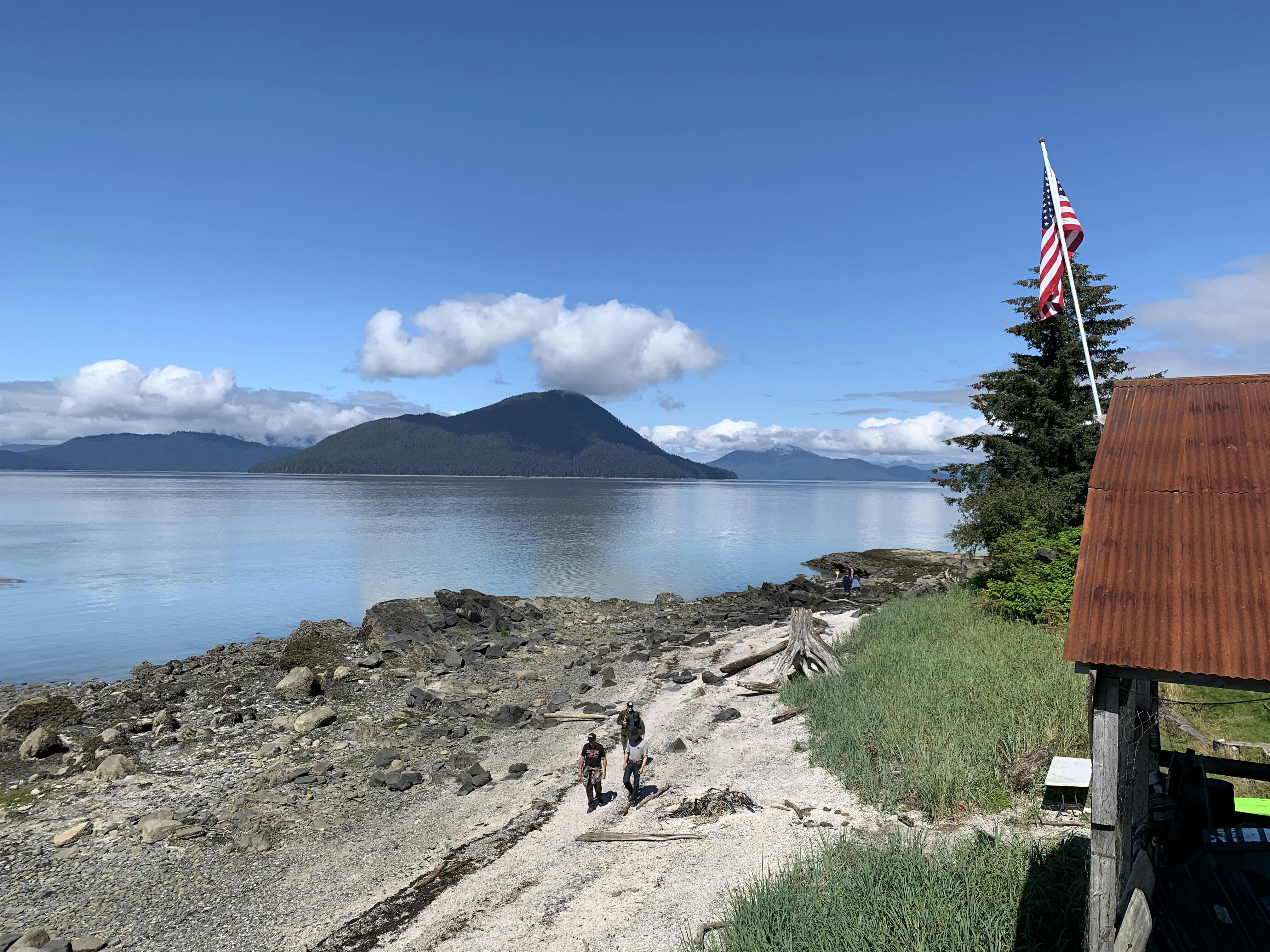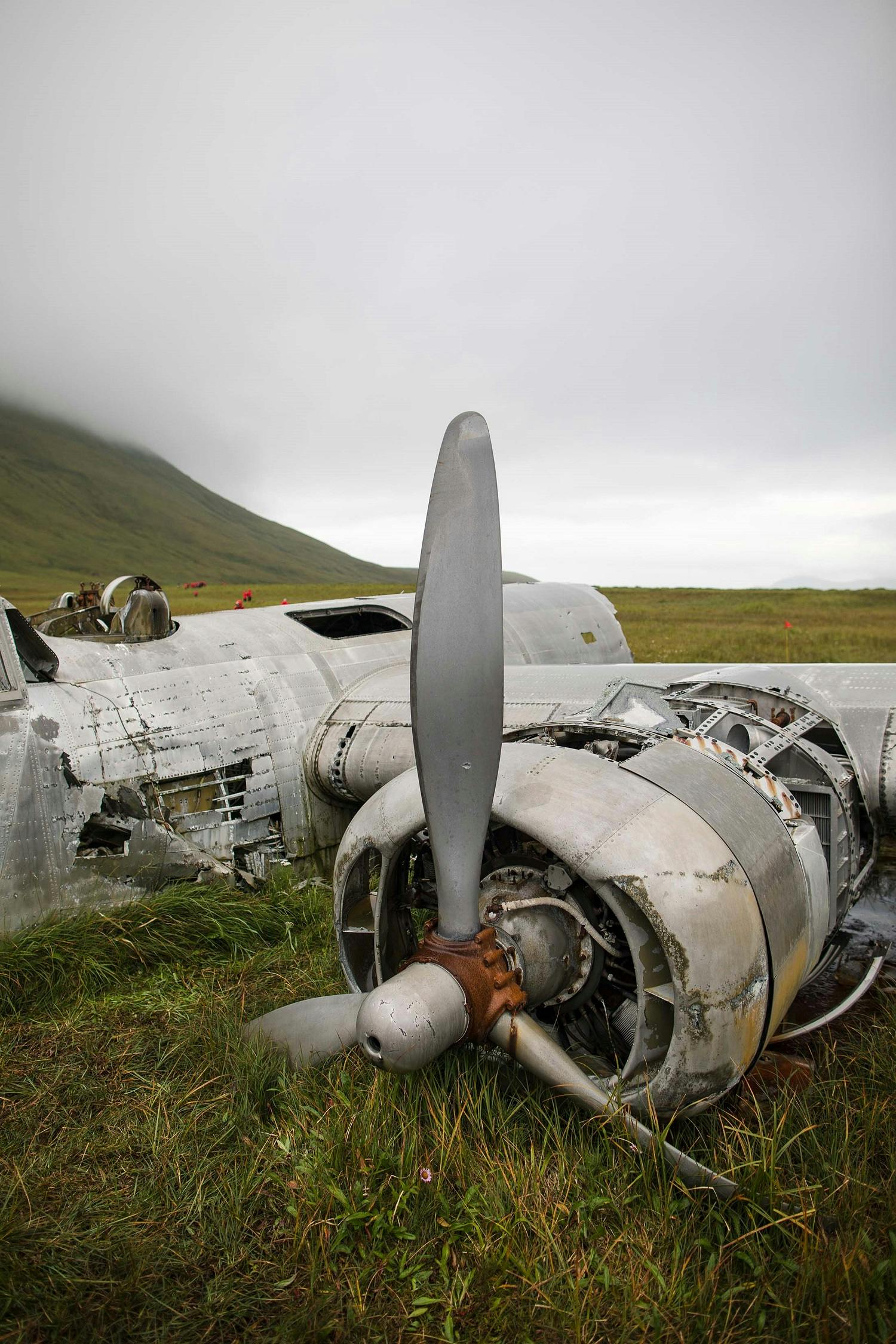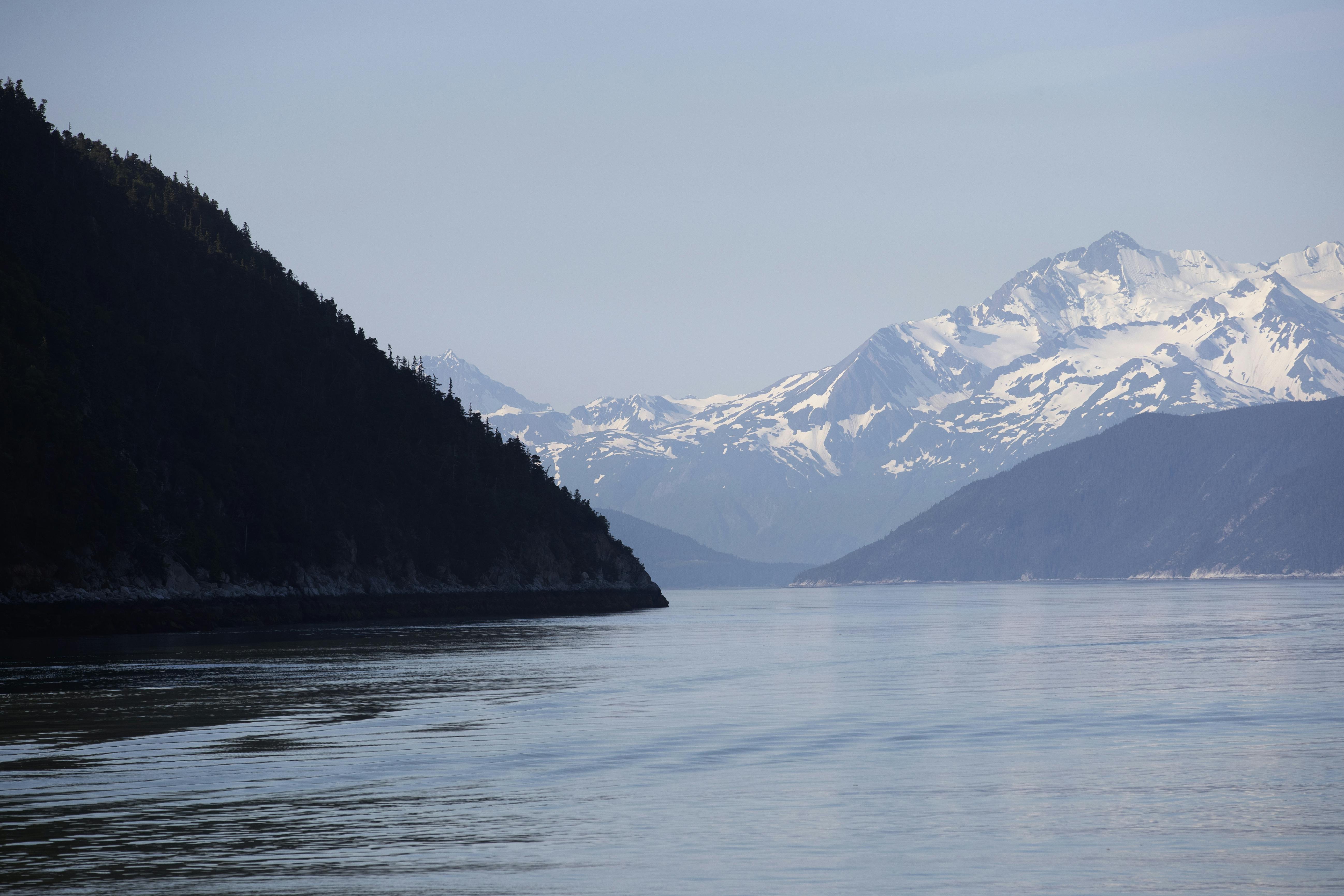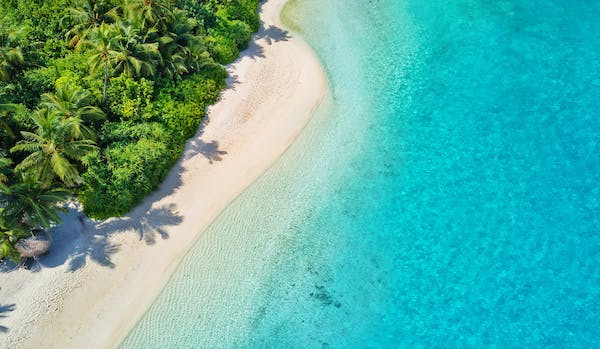Culture, History and Natural Beauty Become One in Alaska’s Wrangell
I spent most of my young adulthood in the Alaskan outdoors — just a small, human dot somewhere in the forest or halfway up a mountain slope. Simply existing alongside that much intact wilderness changed the shape of my life forever. If you’ve been to Alaska yourself, maybe you can identify.
And perhaps, if you’re here now or will be soon, you’ll also find — as I did — that sometimes the biggest connections come from the smallest of places. Consider Wrangell, one of the smallest cruise ports in Southeast Alaska.
In all, Wrangell is a tiny human toehold on the edge of immense wilderness: the perfect launching pad for a close-up, intimate look of wild lands and waters that are simply boiling over with life. But do make sure to save a little time for the human beauty of this place, too. There’s plenty of culture and history, starting with the original Tlingit people of this region and followed by waves of immigrants that came in search of furs and gold.
Wrangell is a small, quiet town — some might even call it sleepy in comparison to bustling port cities like Juneau or Vancouver. Residents work hard, living a lot closer to the elements and seasons than most, and every single part of the town has a purpose. From the open-air shelters near the cruise ship docks to the totem poles standing proudly in Kiks.ádi Totem Park and the breakwaters outside each harbor, if people built it or brought it here, they did so for a reason.
The downtown area is so small that it’s easy to walk, as long as you don’t mind the way the town leans into the hillside, sloping gradually uphill away from the water. There aren’t many streets to get lost on, and you can always find your way back to the shore if need be.
With all that in mind, it’s probably no surprise that the town’s amenities tend toward the straightforward and practical. There’s just one hotel in town (you’ll see it right beside the cruise docks) and one cab company. The town’s visitor center and the Wrangell Museum are one and the same, but don’t let that put you off taking the time to visit: Some of Alaska’s smallest museums are also its best and this is one of them. The displays are far more cosmopolitan than you might expect. The collection includes the oldest known Tlingit house posts still in existence, stunning examples of traditional woven baskets, relics of settlement by the Russian and English and cultural influences all the way from China and Japan. You’ll find photos of Wrangell as a gold rush boomtown sitting close by hauntingly beautiful Tlingit masks carved from local wood.
More cultural mysteries
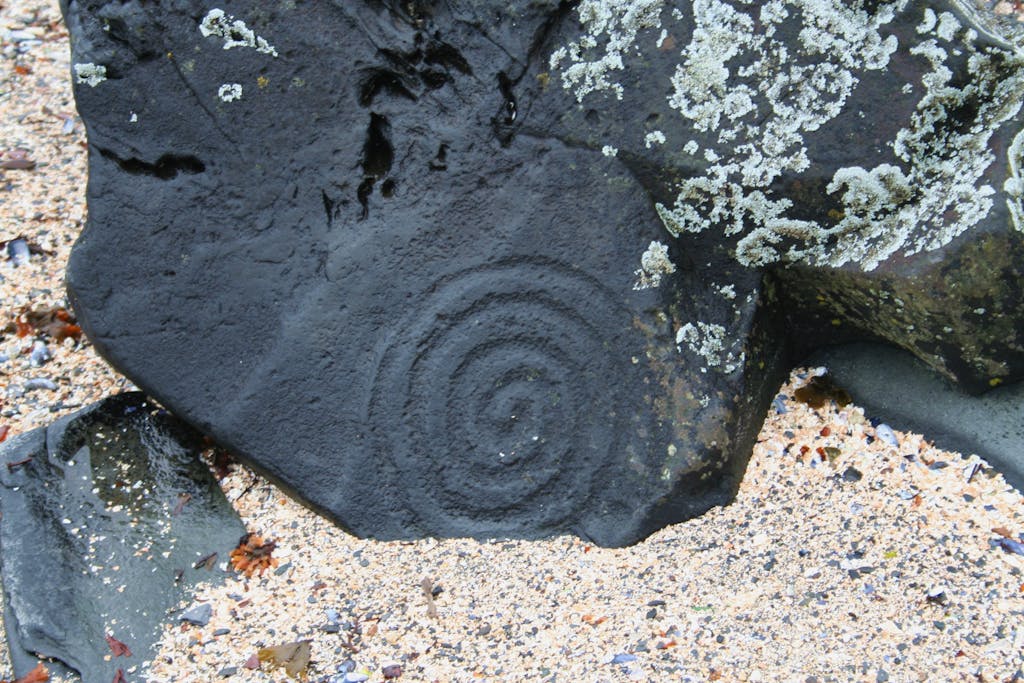
Wrangell was originally founded as a Tlingit village, and several precious cultural relics are readily visible in town. The first is the Chief Shakes Tribal House, which stands on its own island in Wrangell’s Reliance Harbor. Not everybody who visits Wrangell gets to see the inside of this clan house, but an inside tour is one of your shore excursion options. Even if you only see the outside of the house it’s spectacular, carved and painted in the bold designs and bright colors of traditional Tlingit formline design. The original house posts, believed to be the oldest still in existence, are on display at Wrangell’s Nolan Museum.
You’ll also find traditional totem poles standing in front of the post office and in Kiks.ádi Totem Park, which is a fixture on the town highlight tours.
While the backgrounds of these Tlingit artifacts have been preserved through oral histories, there’s an air of mystery about the rock carvings at Petroglyph Beach State Historic Site, about a half mile north of town. Nobody’s entirely certain who created these petroglyphs; although a few mimic the complex lines of modern Tlingit design, others are much simpler and thought to be older, perhaps created by the people who, according to local oral histories, lived here thousands of years ago — before the first Tlingit arrived.
If you visit the beach during a reasonably low tide you can see the glyphs, line art carved into rock, for yourself. They’re still scattered right there on the beach, washed by the tide and scoured by the sand every day. A few of them still stand out in bold relief, while others have faded into nothing more than the faint suggestion. Hunting through the beach to see which rocks have petroglyphs and which don’t is part of the fun, and one of the more recent petroglyphs — a whale design that’s considered unique to this area — actually sits at the edge of a residential backyard.
Please treat the petroglyphs like the precious relics they are, and don’t take souvenir rubbings of the originals. Instead, you can take rubbings of the exact replicas located along the boardwalk at the beach entrance. You could think of it as practicing “leave no trace” travel, leaving these ancient glyphs so that guests on the next cruise ship — and local residents, or those who drift through on the ferry as I still sometimes do — can enjoy them, too.
Wait, where’s the park?
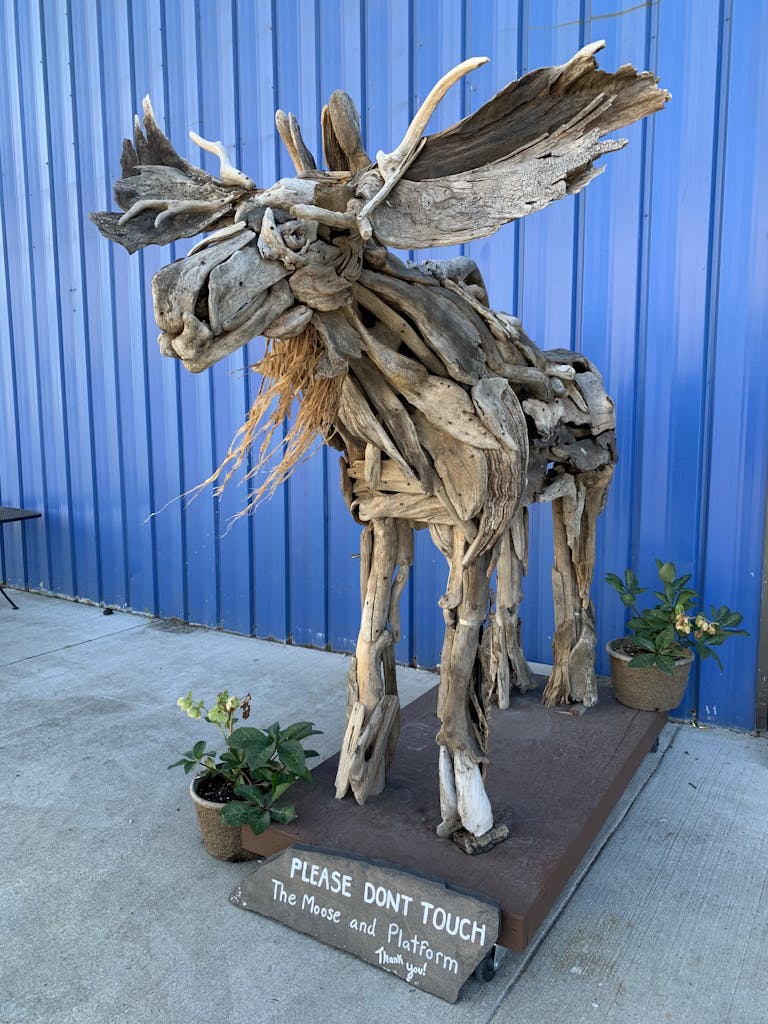
The famous Tongass National Forest, which indeed does border Wrangell, is perhaps better known as a shore excursion destination from the larger city of Juneau; still it’s present here, in all its splendor. Despite the obvious similarity of names, Wrangell-St. Elias National Park is on the mainland, easily a full day’s travel away from the town of Wrangell.
Something you will find close by, however, is a friendly, ongoing rivalry with the next port town to the north, Petersburg. You’ll frequently see that rivalry embodied in matches on Wrangell’s nine-hole golf course, Muskeg Meadows, where ravens often mistake golf balls for eggs and swoop down to steal them. The ravens don’t care which town a given golfer belongs to; when they make off with one of the balls, they just think they’re getting away with an easy meal.
And while we’re on the topic of Wrangell’s singular attractions, the citizens of Wrangell and those of the next small port to the north, Norwegian-founded Petersburg, carry out a friendly, ongoing rivalry on Wrangell’s nine-hole golf course, Muskeg Meadows, where ravens often mistake golf balls for eggs and swoop down to steal them, thinking they’re getting an easy meal.
Last but not least in the big picture, please don’t be shy about saying or waving “hello” to people you meet on the street. Unlike big cities or even some of the bigger, busier ports like Juneau, where it might seem odd or intrusive to acknowledge other people, those friendly greetings are a polite way of life in small Alaskan towns, regardless of whether you’re there for a day or a lifetime.
Wrangell is a port of call on Silversea’s Alaska itineraries, as of 2023; it’s also a featured call on Controtempo, Silversea’s World Cruise 2025.
Ready to explore one of the smallest cruise ports in Alaska? Finding a Silversea sailing that calls on Wrangell couldn’t be easier.



